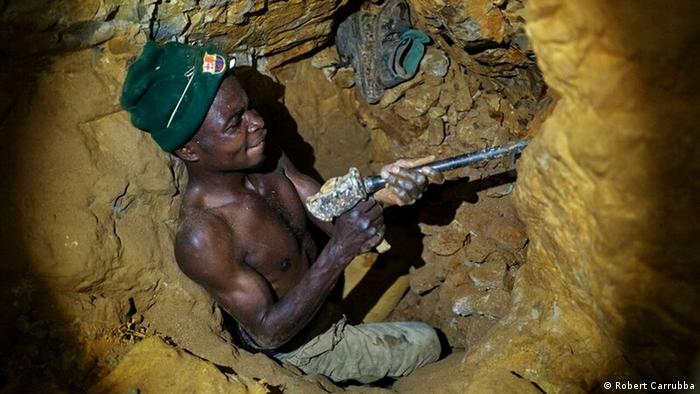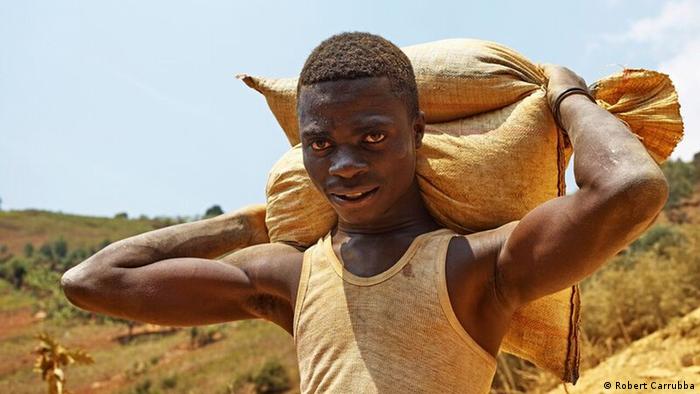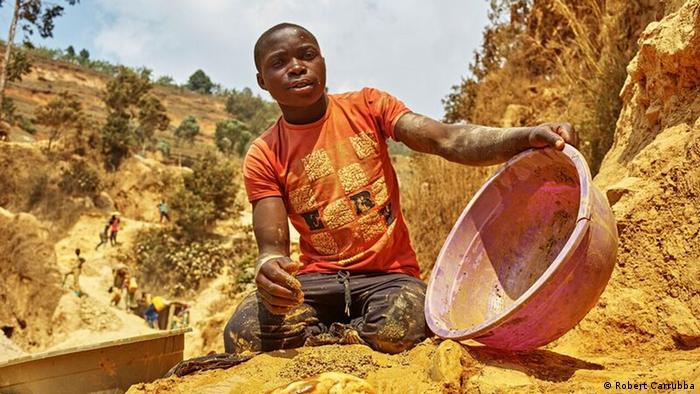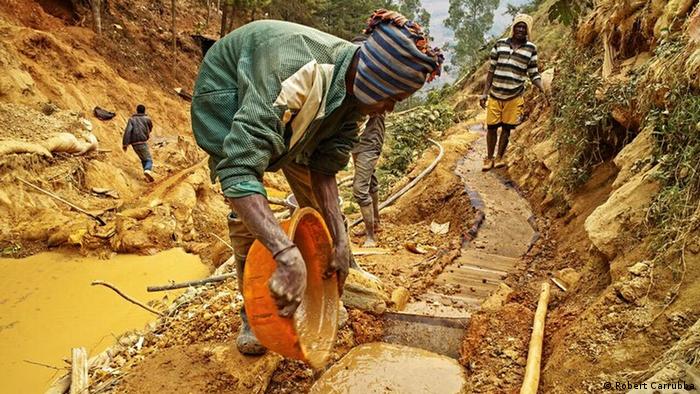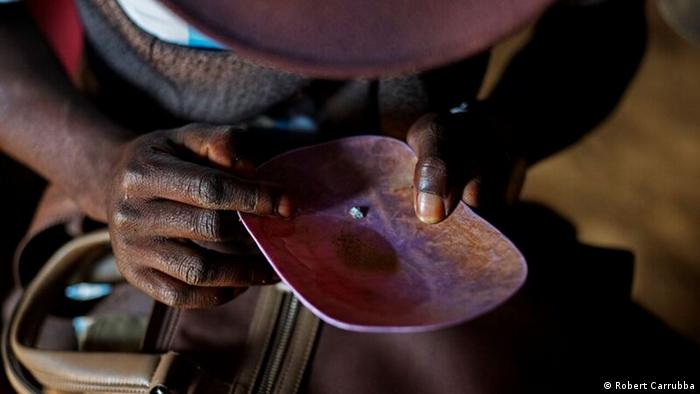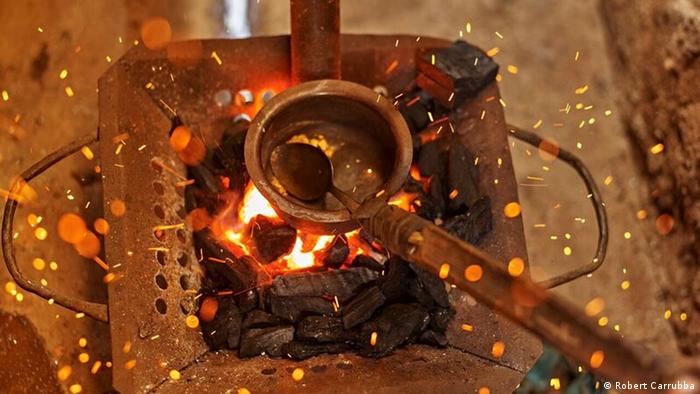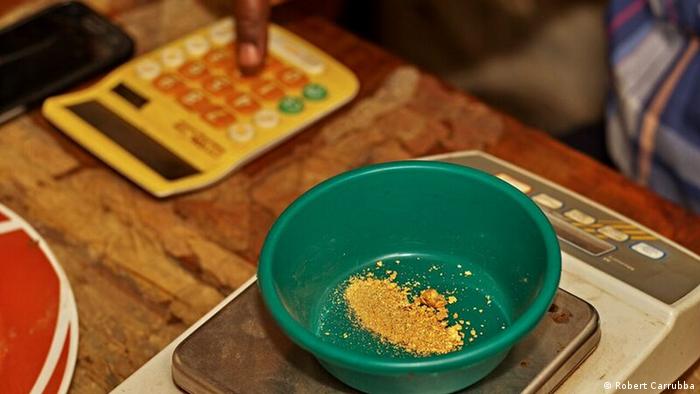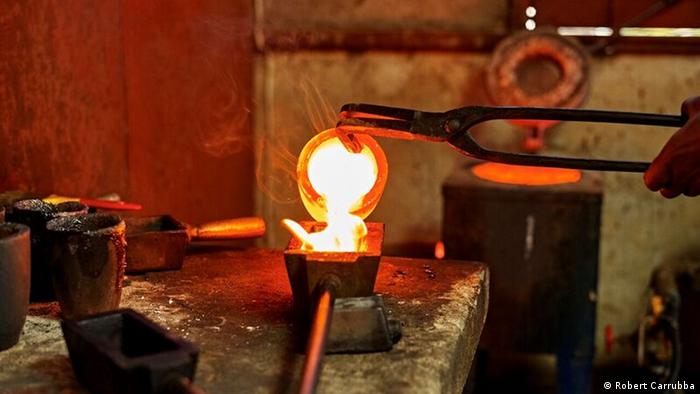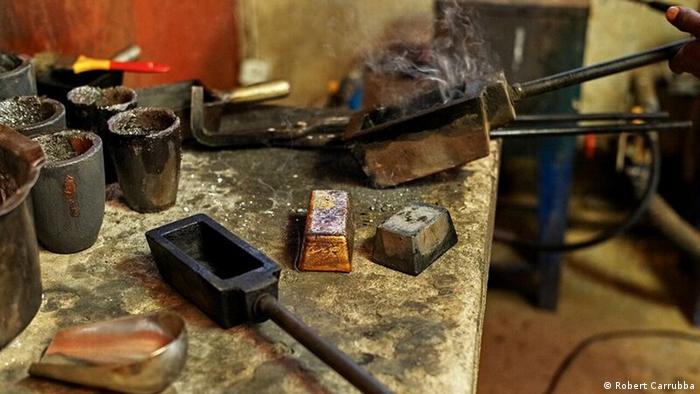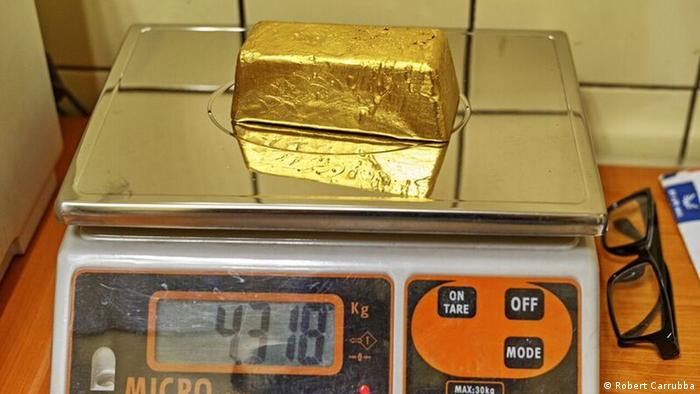In the mountains of Armenia, near the health resort of Jermuk, a gold mine for protests. Local residents see them as a threat to their drinking water and blocking the start-up. The source originates in the vicinity of the Mine.
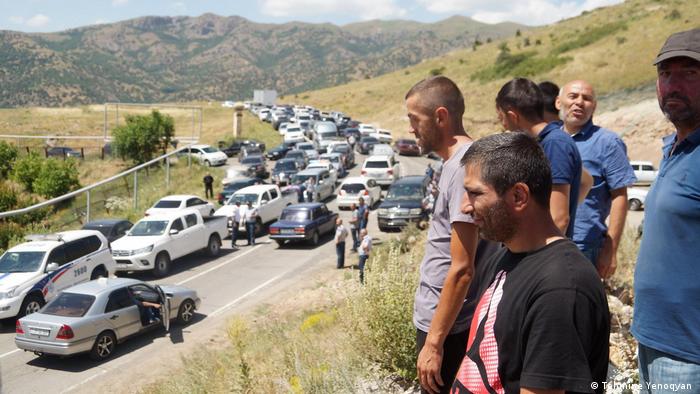
Jermuk in the southwest of Armenia is known for its hot springs, a soothing water applications, and impressive waterfalls. However, since the mining company Lydian International arrived to the gold deposits above the resort at the mountain Amulsar to absorb it, he’s become something else famous.
Since June 2018 demonstrators from all over Armenia to gather, to a Mine in the way of that, polluted as they say, your Land and your water. Guarded day and night, is managed by the Blockade of the access routes, to stop the Expansion of the Mine.
A year later, the Armenian Prime Minister Nikol Pashinyan is under pressure to choose a side. He had only come through the “velvet Revolution” in the year 2018 to Power. On the one hand, a popular public protest movement, which sees the Mine as a Symbol for the corrupt, just deposed Regime. On the other hand, a company which is based in the British tax haven of Jersey, which is responsible for Armenia’s largest foreign investment.
More: How Armenia, with more sustainability, the economy, wants to boost
Pollution of lakes and pasture land
Before the construction of the Amulsar-started Mine, left the mining company Lydian on the then-known corrupt government to acquire Land. The local farmers say, they had faces the choice between the sale of your pasture, and expropriation.
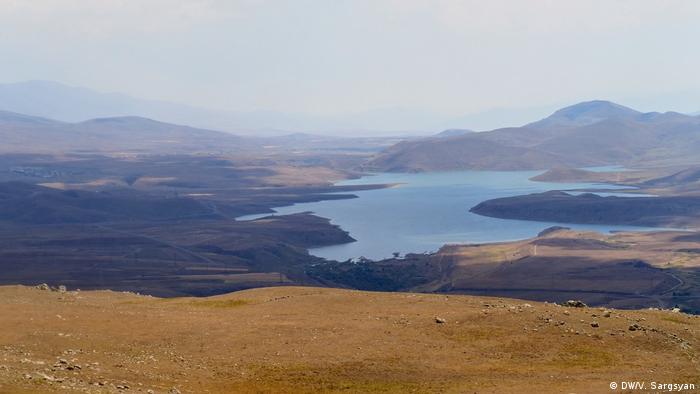
The people who live around the mountain Amulsar worry, from environmental pollution caused by a gold mine
“The villagers don’t know where to put their cows or sheep now. You will have to give up agriculture,” said Aharon Arsenyan, who lives in Jermuk, and since 2012, a resistance against the company is doing, compared to the DW.
Since the excavators arrived in the year 2017, the residents reports, have worsened the situation. Whenever the Wind came up, “there was dust,” says Arsenyan. “Each And Every Time. We have never – really never! – such quantities of dust seen.”
During the works, the dark, muddy water came out of taps out of your water, tell the residents of Jermuk and the nearby village of Gndevaz. A local fish farm reported on the unusual death of hundreds of fish.
Others say that they were not able to cultivate the remaining arable land, because the cattle refused to eat the dust-covered Grass and drink contaminated water.
More: Australians protest against the planned Mega-coal mine
Conflicting Assessments
The biggest controversy, however, about what happens when the Mine actually goes into operation. The big question is whether Armenia’s largest source of drinking water is adequately protected.
Arsenyan calls his hometown “the capital of water”. Jermuk and the Mine are close to the source of the rivers Arpa and Vorotan, the food, the lake Sevan, and so the majority of the Armenian population with drinking water and fish supply.
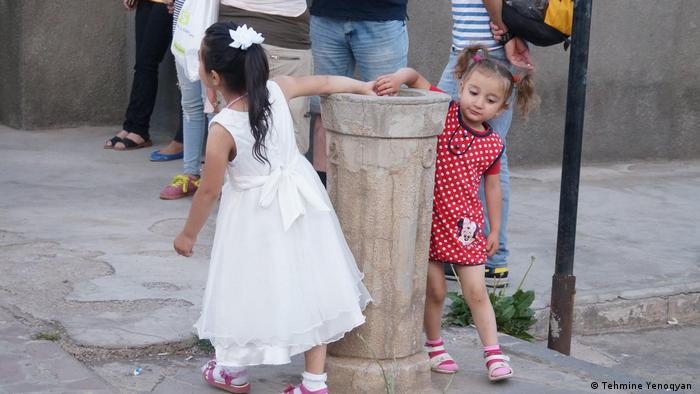
Two little girls play in a fountain on a spring
“The whole Ecosystem of the country depends on it,” said Arpine Galfayan, a member of the environmental activist group “Armenian Environmental Front” (AEF), organised by the capital city Yerevan, and against the Mine-fights, compared to the DW.
The first environmental impact assessment, the Lydian published in 2016, came to the conclusion that only a small amount of waste water is discharged, and then according to the specifications would be prepared. Other disturbing factors such as noise, dust and pollution, should remain, according to the report at a manageable level is limited. The company has also announced that existing damage to the environment through the funding of a new national parks to compensate.
As the company turned to the Armenian-American geochemist Bronozian Harout as a potential Investor of the project, had this doubt. He ordered a new investigation. The consultants of Bronozian came to the conclusion that Lydian have underestimated the environmental impact of the project. The project would occur almost certainly the lake Sevan and other water with chemicals, such as arsenic and cyanide, for several centuries, contaminate – with serious consequences for the living creatures in the water and the health of the people.
According to a study by the environmental organization Balkani Wildlife society could be lost due to the project of the habitat of endangered species, such as the highly endangered Caucasian leopard. She referred to the Lydian promised national Park as “a very negative example for a compensation of biodiversity” and stated that the Mine is neither Armenian, nor the European environment comply with standards.
More: Illegal logging and mining communities in the Amazon region and threaten
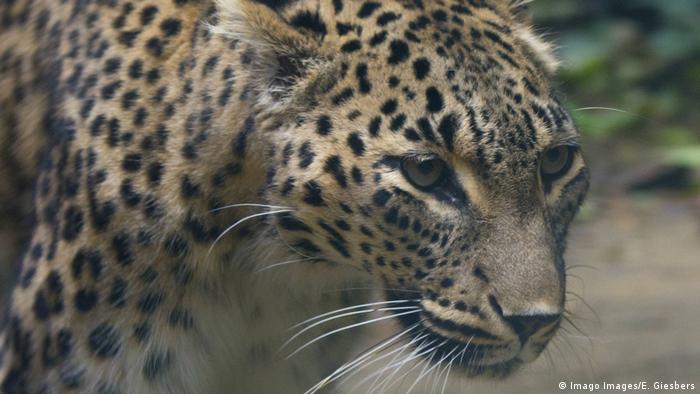
“Our water is our Gold”
Although the residents were concerned, as the company emerged more than a decade ago, ventured only a few, to speak in public, reported Galfayan of the DW. According to the AEF’s government included members of the shareholders of Lydian. And after the Armenian armed forces in 2008, prevailed on demonstrators shot, which had protested against the disputed elections, an atmosphere of fear and oppression.
In April 2018, everything changed then. The Armenians went on the road after the then President, Serzh Sargsyan, had tried to secure another term in office. With the promise of an end to corruption, won the opposition leader, Nikol Pashinyan, the first democratic elections in the country, and in 2018 the Prime Minister was in may.
Spurred on by the victory of the protest movement began, the residents of Jermuk and the surrounding villages with the Blockade of the Mine. “Our water is our Gold” has a country-wide Slogan for the fight against corruption. Every Time, when Lydian pondered a new strategy to urge the government to cancel the Blockade, met a new convoy of vehicles, with reinforcements from all over the country.
More on the topic: gold rush instead of the protection of nature in Brazil
A high-stakes game of
Pashinyans government managed, however, to call for neither of his predecessors granted license for Lydian, nor to eliminate the blockages effectively. Instead, they said that a re-examination was necessary to decide whether the Mine should be put into operation.
All of the Lydian hit hard. For the year 2018, the company reported cost of “Blockade” of more than 37 million euros and a total loss of approximately 123 million Euro. The shareholders were informed that there was a risk “that the company is advised in respect of the agreements is in default”.
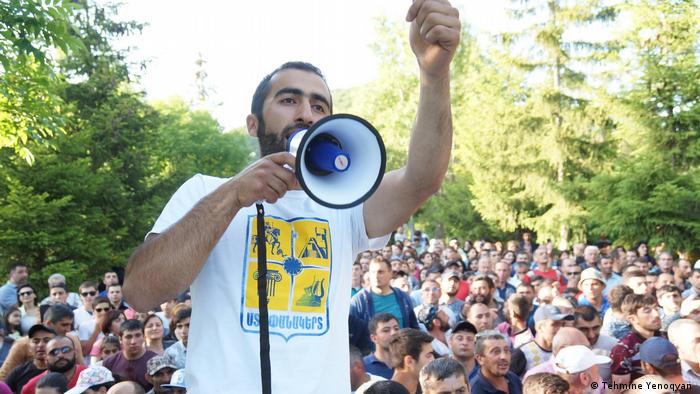
Environmentalists Aharon Arsenyan speaks at an Anti-mining rally.
In March, Lydian informed in writing that they would sue the government before an arbitration court, if the Situation will not be resolved. There were rumours that the company might try to make losses in the amount of approximately 1.8 billion euros to claim a sum equivalent to nearly two-thirds of the state budget of Armenia.
More: exit strategy from Coal: open-cast mining Garzweiler and the hope of home
In July finally, the environmental impact assessment of the government was published. They showed that the Mine was safe. In the weeks that followed Paschinyan changed, but several times, his mind, Once he confirmed the result of the examination. Then he again expressed doubt as to the self-commissioned positive test results.
On 7. September convened by the Prime Minister held a Meeting with environmental activists and the interim CEO of Lydian, Edward Sellers,. That said, the company will permit an independent audit of the site. Two days later, Pashinyan called on the protesters in the social media, the Blockade to give up.
Then, the environmental activist Arpine Galfayan said that the protesters would not only the Blockade but also to a larger campaign of civil disobedience plan, including a March on the capital. “This is a matter of Survival and justice for us,” she said. “We will strike back, definitely.”
Jean Blaylock of the campaign Organisation Global Justice Now said to DW, that the processes are held before an international arbitration courts so secret that it is well possible that Lydian had presented its case already.
“Courts of arbitration are a perfect Instrument for internationally active companies, to governments, to intimidate,” said Blaylock. “The sums can be huge. The judges look at cases from a limited perspective. Overall, it is so exercised massive pressure on governments to give in.”
The DW has Lydian requested an opinion to the criticism of their business and asked whether there would be a court case – but the company has not responded.
